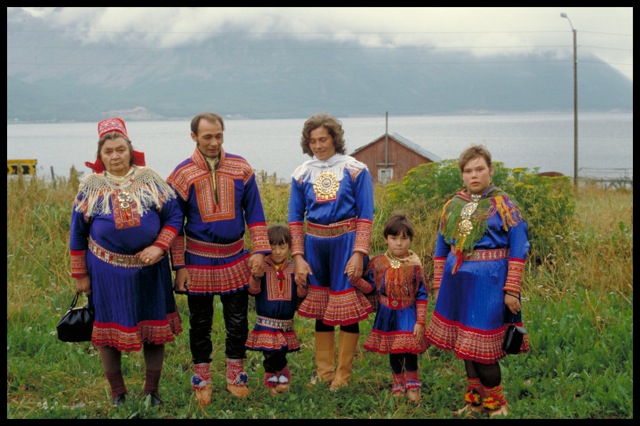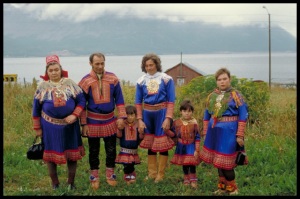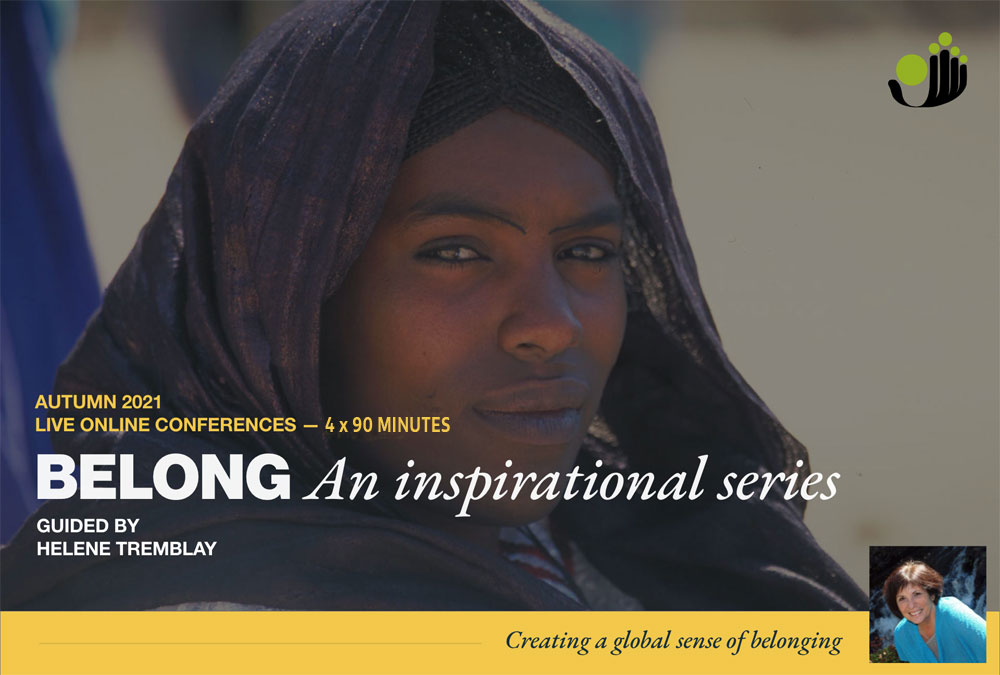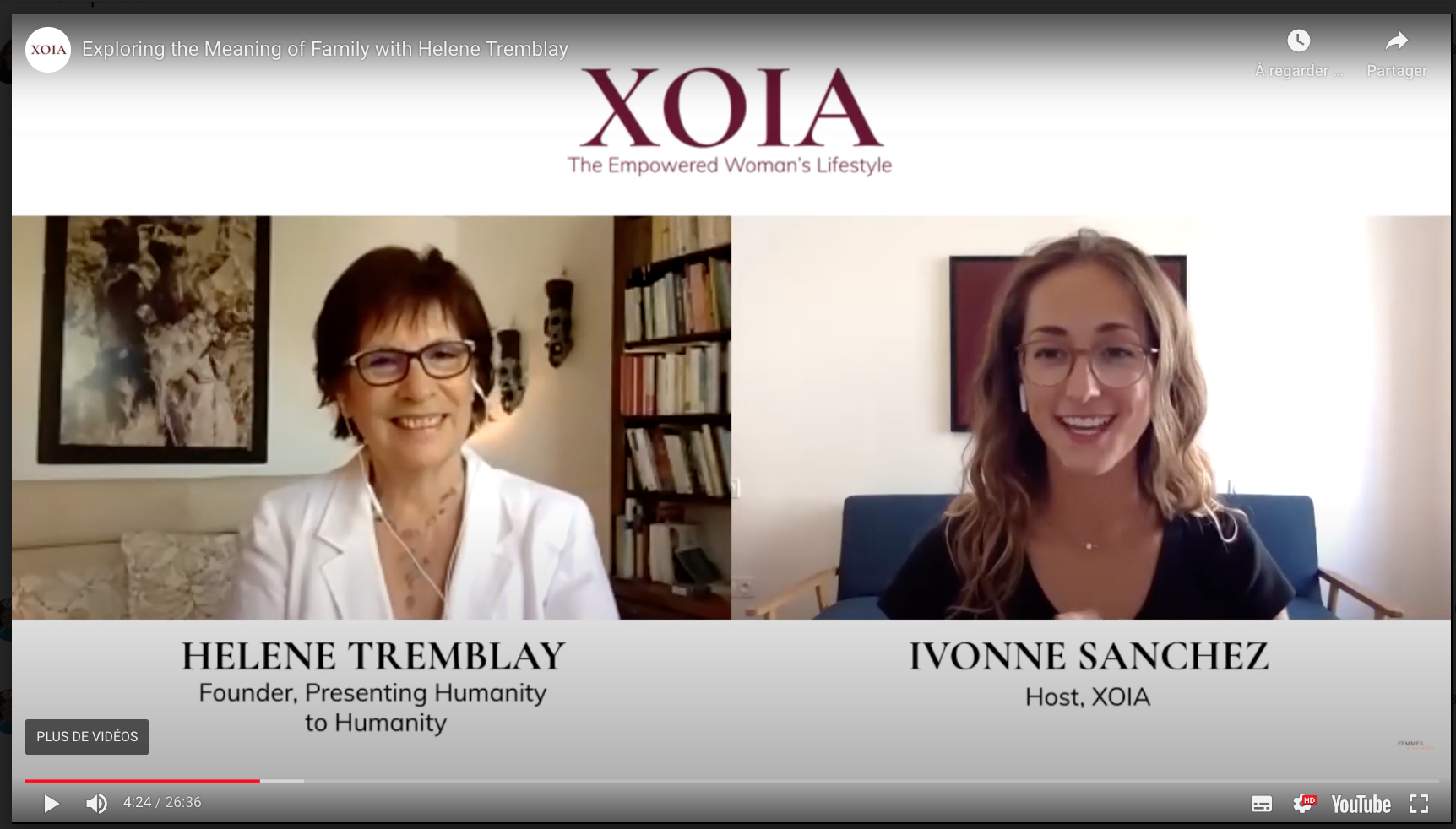Josef and Laila Buljo, reindeer herders, raise their children, (Anne Laila, Risten and Aslak) in Norway. They are serious about educating them within Sami culture. They are raising them to be free and teaching them to discuss everything. In Sami society male and female roles are clearly defined to make sure the families can be self-sufficient. During the summers, when the sun never sets, the women work hard to ready their familes for winter. Laila scrapes reindeer hides clean; she will use the skin and the fur to make her family’s winter boots. She teaches her daughers women’s work; how to cure fur and skin and turn them into clothes and boots, how to sew traditional embroidered dresses, and how to smoke and cook reindeer meat. The Sami people are fighting hard to keep their culture alive, feeling that if they do not, it is just a matter of a generation or so before their history and traditions will be forgotten. Their traditions include letting children decide when they will go to bed. With the days that never end and the nights that never end, both children and adults sleep when they feel the need. “If we make our children go to bed at the same time every day, what would we do when we have to work day and night during reindeer carving time?”, the children’s grandmother, Kristine, asks. “We would become the slave of our children, but it is the children who must follow our lives.”
By Helene.ca|2017-01-27T10:23:34-05:00June 11th, 2015|Blog, Families of the world|Comments Off on Preserving Sami Culture
About the Author: Helene.ca
L’auteure, photographe, chercheur et conférencière, Hélène Tremblay, est précurseur de l’idée qu’il est essentiel à l’évolution humaine de se connaître. À ce jour, elle a vécu avec les familles de 113 pays. Elle participe depuis plus de vingt cinq ans aux mille événements qui tissent le quotidien des familles afin de présenter l’Humanité à l’Humanité. Son expérience est unique. La collection Familles du monde a été distribuée au Canada, aux États-Unis, en Australie et en France. Son œuvre photographique a été exposé au secrétariat des Nations Unies à New York, puis en France, en Allemagne et aux Émirats Arabes Unis.






